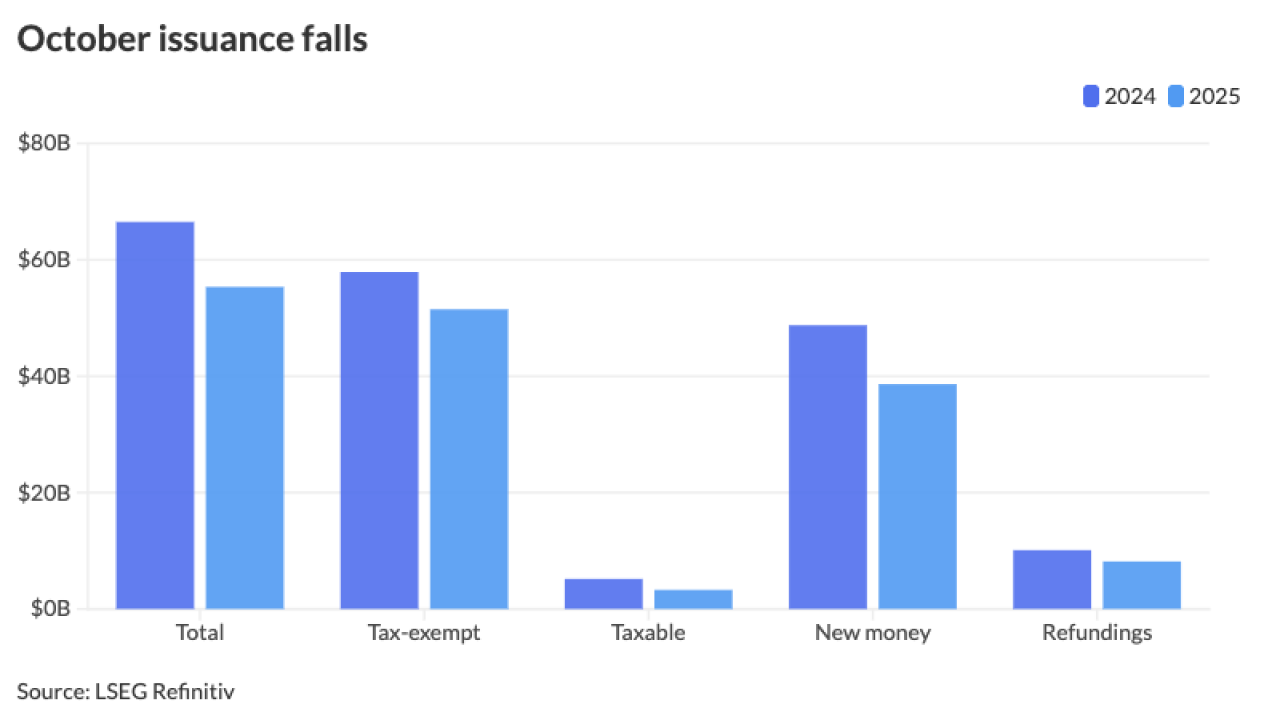
Economists say at least $500 billion, if not more, is needed for state and local governments immediately.
In a webinar hosted by the Economic Policy Institute on Friday, Glenn Hubbard, retired dean and Russell L. Carson Professor of finance and economics at Columbia University, said at least $500 billion of federal aid is needed for municipalities to get through the coronavirus pandemic. Hubbard specifically said those funds could be in a block grant program — a grant from the federal government which then is dispersed by local governments.
However, states and local governments may need even more aggressive aid for education than just the $500 billion, Hubbard said. Schools are either in session or about to be and have struggled to stop the spread of COVID-19.
“The $500 billion would be a number for a block grant, but I still think there’s an argument to be made for additional funds for public universities and for community purposes,” Hubbard said. Hubbard is also a former chair of the Council of Economic Advisers under former President George W. Bush.
Other economists said states and local governments need closer to $1 trillion in direct federal aid.
Josh Bivens, director of research at the Economic Policy Institute, said it would be better for lawmakers to overshoot on aid needed by municipalities and give that $1 trillion.
“I think we should hold them to their pre-COVID status quo,” Bivens said. “In fact, we should even pop it up because COVID is where state and local governments are on the frontline of meeting a lot of the excess demands on spending that COVID is putting on people.”
Lawmakers have been at odds on how much states and local governments should be getting in direct aid from the federal government. The Trump administration has offered $150 billion to $200 billion in federal aid to state and local governments and congressional Democrats support the $915 billion in the House-passed HEROES Act.
Mark Zandi, chief economist at Moody’s Analytics,
Thirty minutes before the webinar, President Donald Trump tweeted his support for more aid to state and local governments.
“I am ready to send more money to States and Local governments to save jobs for Police, Fire Fighters, First Responders, and Teachers,” Trump wrote. “DEMOCRATS ARE HOLDING THIS UP!”
The CARES Act, enacted in March, established a $150 billion Coronavirus Relief Fund to disburse $139 billion to states as well as counties and cities with populations of over 500,000. Those funds can only be used to cover COVID-19 related expenses.
A Moody’s Analytics report estimates that state governments face a revenue loss of through fiscal 2022 of $312.3 billion and the number totals around $500 billion if local governments are included.
That $500 billion assumes all rainy day funds are used, Zandi said on Friday.
“The rainy day funds were very large and ample across nearly every state,” Zandi said. According to the
A prudent policymaker should be erring on the side of doing too much rather than too little, Zandi said.
“That is a key policy principle that if you’re in a world of extreme uncertainty, and I think this qualifies, you want to go big and you don’t want to go too small,” Zandi said.
As for when states and local governments could receive aid, that window is narrow.
“When are they going to feel that sense of urgency?” said Gbenga Ajilore, senior economist at the Center for American Progress.
“The government runs out of money at the end of September and that’s probably going to be the next time that we may have this, which is very scary and almost criminal, given what’s happening,” he later said.





